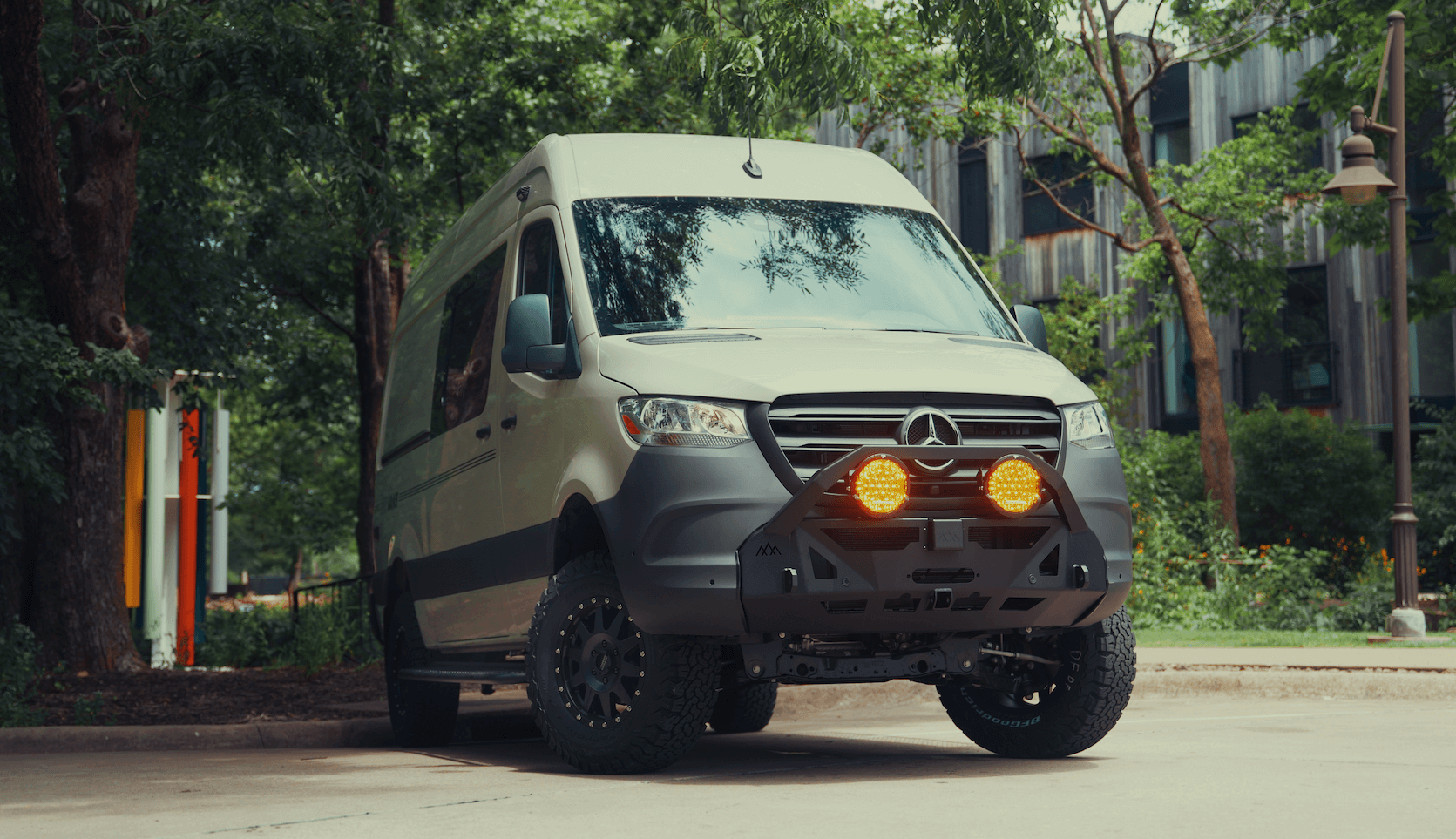Recreational Vans

Roof surf pads are dense foam sleeves that slide over crossbars to cushion surfboards, SUPs, and surf skis. The pad spreads the contact area so pressure does not concentrate on a rail, stringer, or fin box. That wider footprint reduces point loads, rail dents, and deck creases during bumps and long freeway runs. Pads also add grip, which helps resist side slip from wind gusts or quick steering inputs. In short, pads protect the board, quiet the ride, and make strapping simpler and more repeatable.
Common pad cores include EVA and cross linked polyethylene. Both resist compression set and keep their shape after many cinches. Outer skins often use heavy poly fabric or neoprene for grip and abrasion control. Look for UV stability, double stitched seams, and a water resistant cover that will not soak and add weight. Drain holes help after rainy sessions or salty runs. Velcro closure sleeves are convenient, while slip on designs can feel tighter on the bar and resist rotation.
Crossbars come in round, square, and aero profiles. Round bars like simple cylindrical pads. Square bars need flat bottom pads to sit stable and avoid rolling. Aero bars benefit from contoured pads that maintain a low profile and reduce wind noise. Measure bar width and length, then choose pad length to match the load zone. Longer pads help for wide SUPs and multiple shortboards. Short pads are fine for a single longboard if the board sits centered.
Pads do their job only when paired with the right straps and technique. Cam buckle straps are the standard for surf transport because you can feel the tension and avoid over crushing a board. Ratchet straps can generate too much force and can damage rails if misused. Place one strap forward of the board midpoint and one near the tail, both crossing down to the opposite side of the vehicle to create a stable triangle. Keep strap angles about forty five degrees from horizontal to resist lift. Twist the strap once between bar and buckle to reduce humming.
Wind is the unseen force that tests every roof load. Low profile aero bars, contoured pads, and correct board position reduce lift. Nose down orientation or a simple nose tie to the front tow point can help with longer boards on gusty days. Noise usually comes from flat strap edges vibrating. A single strap twist and even strap spacing tame most of the hum.
Care is simple. Rinse pads after salty trips, let them dry out of direct sun, and store in a shaded compartment to prolong the fabric and foam. Inspect seams and Velcro seasonally. If a pad starts to spin on the bar, clean both the bar and pad cover to remove road film. Replace pads that show deep compression grooves or exposed foam.
Many paddlers carry both a longboard and a SUP, or a pair of shortboards. Pads with longer length distribute the stack. A soft interlayer like a microfiber towel between boards prevents wax transfer and pressure marks. For kayaks or surf skis, consider cradles shaped for the hull, then add thin pads at contact points for extra grip.
If your daily driver doubles as a beach shuttle, pads and straps might be all you need. For dedicated adventure vehicles and vans, think bigger. Board carry often pairs with side gear like paddle storage, wetsuit drying, lights for early launches, and locking solutions for coastal stops. Integrated systems reduce setup time and keep the roof quiet.
That is where a professional upfit shines. We design transport around your boards, your routes, and your wind conditions. From crossbar selection to pad length and tie down strategy, the right plan protects your quiver and your vehicle finish. If a full build is on your horizon, our team can incorporate board friendly racks, interior hold downs, and weather proof storage so every session starts smooth.
Final word. Roof surf pads are simple gear that do complex work. Choose materials that endure sun and salt, match the pad to your bar profile, and use cam straps with clean technique. Your boards will arrive happy, and your drive will feel quieter and calmer.
If you want a roof that carries boards with zero guesswork, we can build it into your next van. Tell us about your boards and typical routes, and we will spec pads, bars, and tie downs that work together as a system. Submit the form and let OZK set you up for the next clean swell.
Ready to carry boards with confidence and zero drama? OZK Customs integrates roof systems, crossbars, and secure tie downs into custom van builds and overland rigs. Tell us how you travel and we will engineer a quiet, durable, board friendly setup that fits your lifestyle. Start your build consult today and get a transport system that works every single mile.
ADDRESS:
6159 E Huntsville Rd, Fayetteville, AR 72701
PHONE:
(479) 326-9200
EMAIL:
info@ozkvans.com